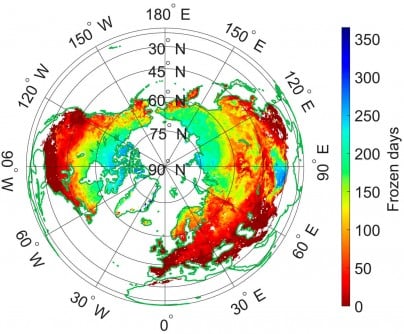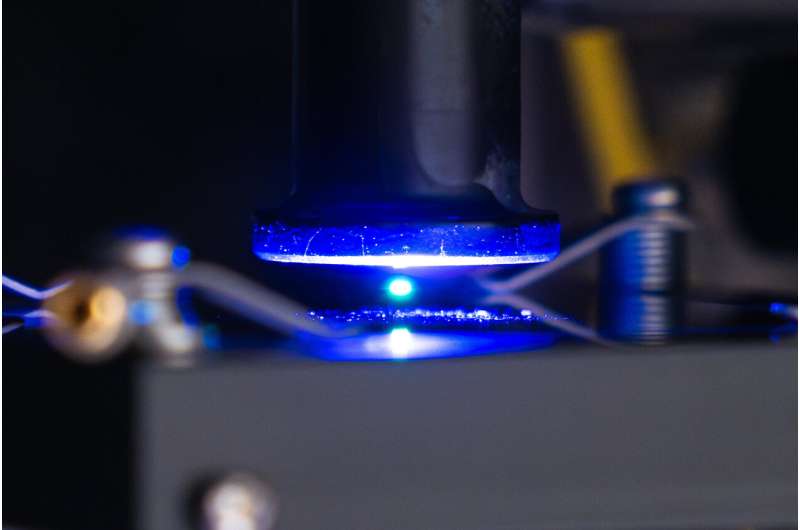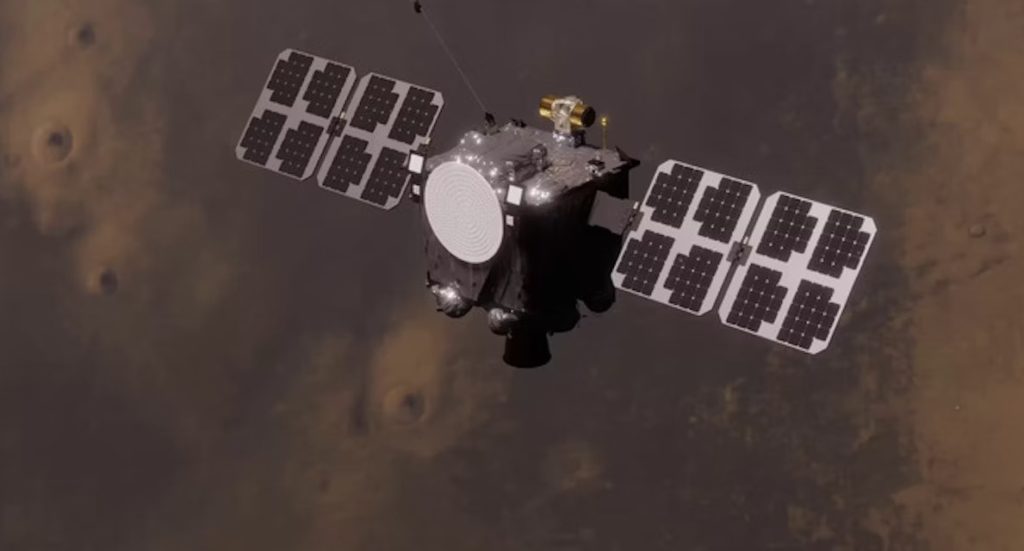Researchers from Fudan University, the University of Twente, and Chengdu University of Information Technology have unveiled a new algorithm that significantly improves soil freeze-thaw monitoring using spaceborne L-band satellite data. Published on September 10, 2025, in the Journal of Remote Sensing, this study addresses the limitations of existing models that fail to account for variations in land cover and climate conditions.
Freeze-thaw transitions in soil are crucial as they influence surface albedo, moisture levels, and heat fluxes, thereby impacting weather patterns and hydrological cycles. Traditionally, capturing these dynamic processes has been challenging due to the neglect of diurnal soil temperature variations and surface heterogeneity in large-scale models. The newly developed algorithm optimizes these factors, allowing for more precise monitoring.
Dynamic Parameter Optimization for Enhanced Accuracy
The research team focused on refining the existing Diurnal Amplitude Variation-based Freeze-Thaw (DAV-FT) algorithm by introducing three dynamically optimized parameters: α, β, and γ. These parameters represent the detection period, variance window, and threshold sensitivity, respectively. By employing a method similar to maximum likelihood estimation, the team maximized overall classification accuracy across various regions.
Through this approach, the algorithm can distinguish between freezing and thawing states based on annual variations in L-band brightness temperature as observed by the Soil Moisture Active Passive (SMAP) satellite. The results demonstrated a remarkable improvement, with regions achieving an overall accuracy (OA) greater than 0.7 expanding from 54.43% to 89.36%. The algorithm performed exceptionally well in the Qinghai–Tibet Plateau, southwestern Eurasia, and southern North America.
Furthermore, the model showed high consistency with established datasets, achieving an accuracy of 81.28% when compared to ERA5-Land and 79.54% with SMAP-FT datasets. Validation through 828 in situ soil temperature stations established the algorithm’s superior accuracy and stability, with a median accuracy of 0.92, surpassing both fixed-parameter models and existing SMAP products.
Implications for Climate Monitoring and Agricultural Management
Dr. Shaoning Lv, the corresponding author of the study, emphasized the significance of this advancement. “The dynamic parameter optimization significantly enhances our ability to capture subtle soil freeze-thaw transitions that vary across regions and seasons,” he stated. This method not only improves the retrieval accuracy of L-band data but also offers a deeper understanding of land-atmosphere interactions.
The improved DAV-FT algorithm establishes a robust framework for continuous soil freeze-thaw monitoring across diverse terrains. Its capacity to accommodate diurnal temperature fluctuations and regional heterogeneity makes it especially beneficial for high-latitude and mountainous areas where previous algorithms have struggled. This advancement is vital for assessing permafrost dynamics, water availability, and land-atmosphere energy fluxes—key factors in climate change predictions and the enhancement of global land-surface models.
This research received funding from the National Key R&D Program of China (grant no. 2022YFF0801404), the Key Research and Development and Achievement Transformation Program of Inner Mongolia Autonomous Region (grant no. 2025YFDZ0007), the Yan Liyuan–ENSKY Foundation Project, and the National Natural Science Foundation of China (grant no. 42075150).
The advancements in soil monitoring technology not only pave the way for improved climate modeling but also offer crucial support for agricultural management and hydrological forecasting, marking an important step forward in environmental science.







